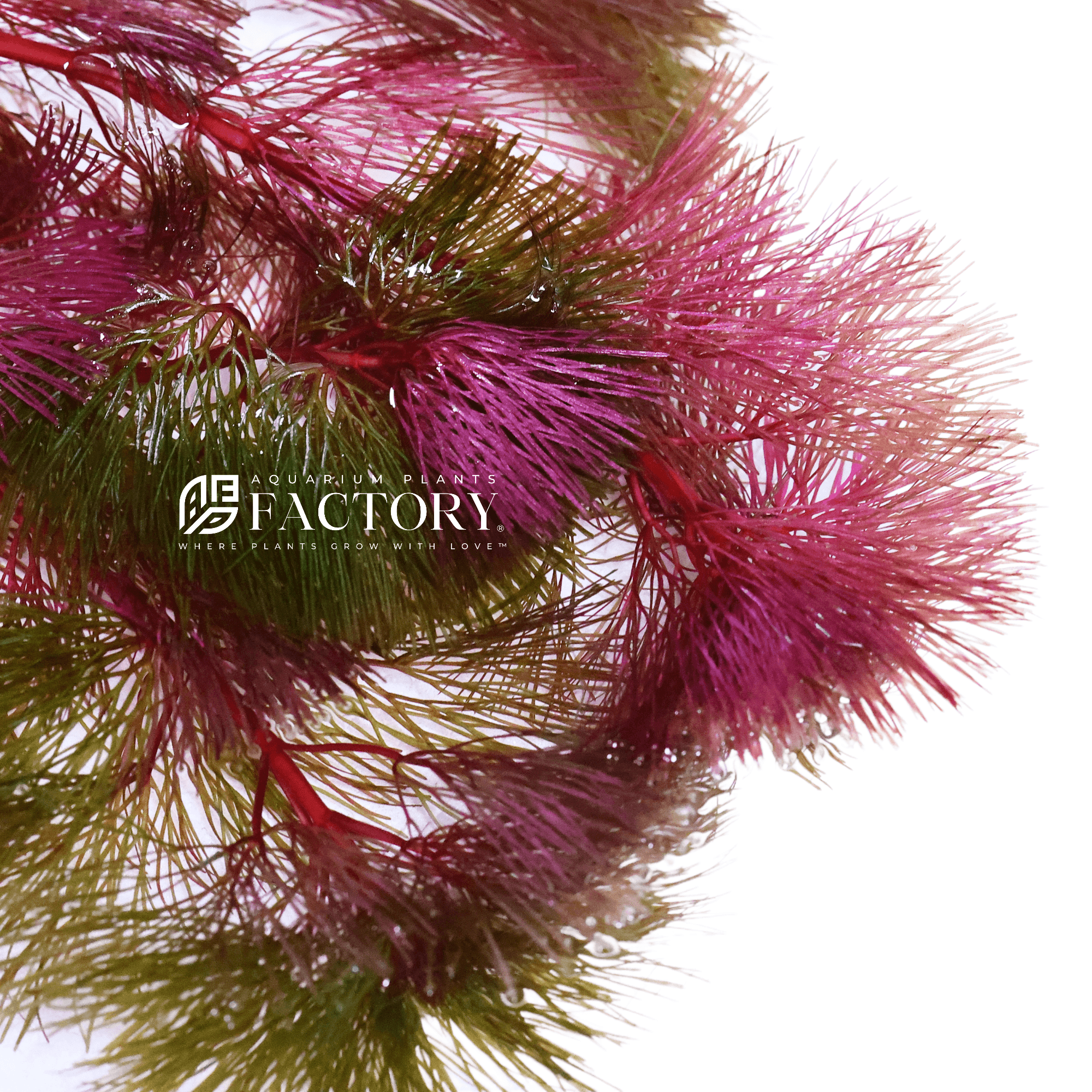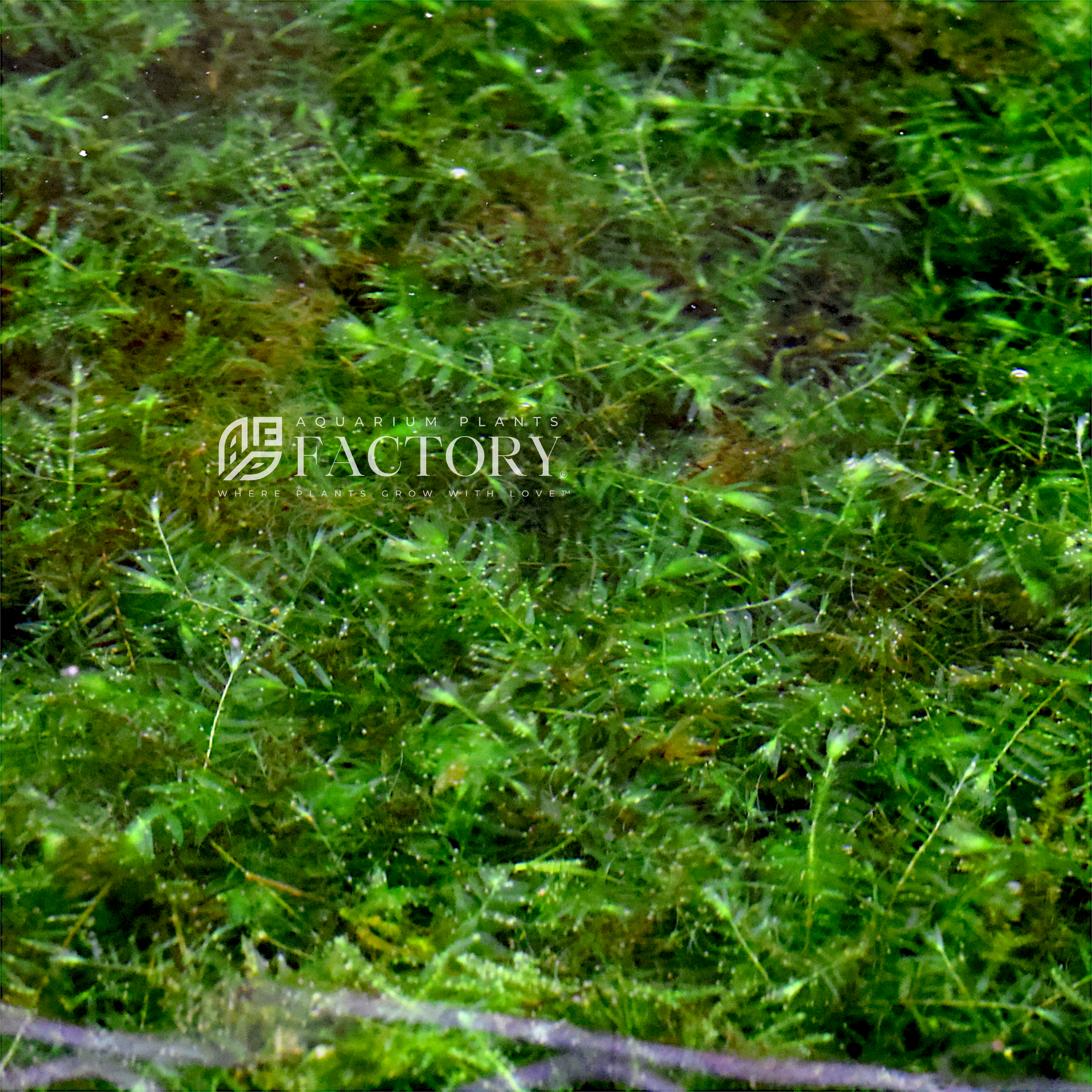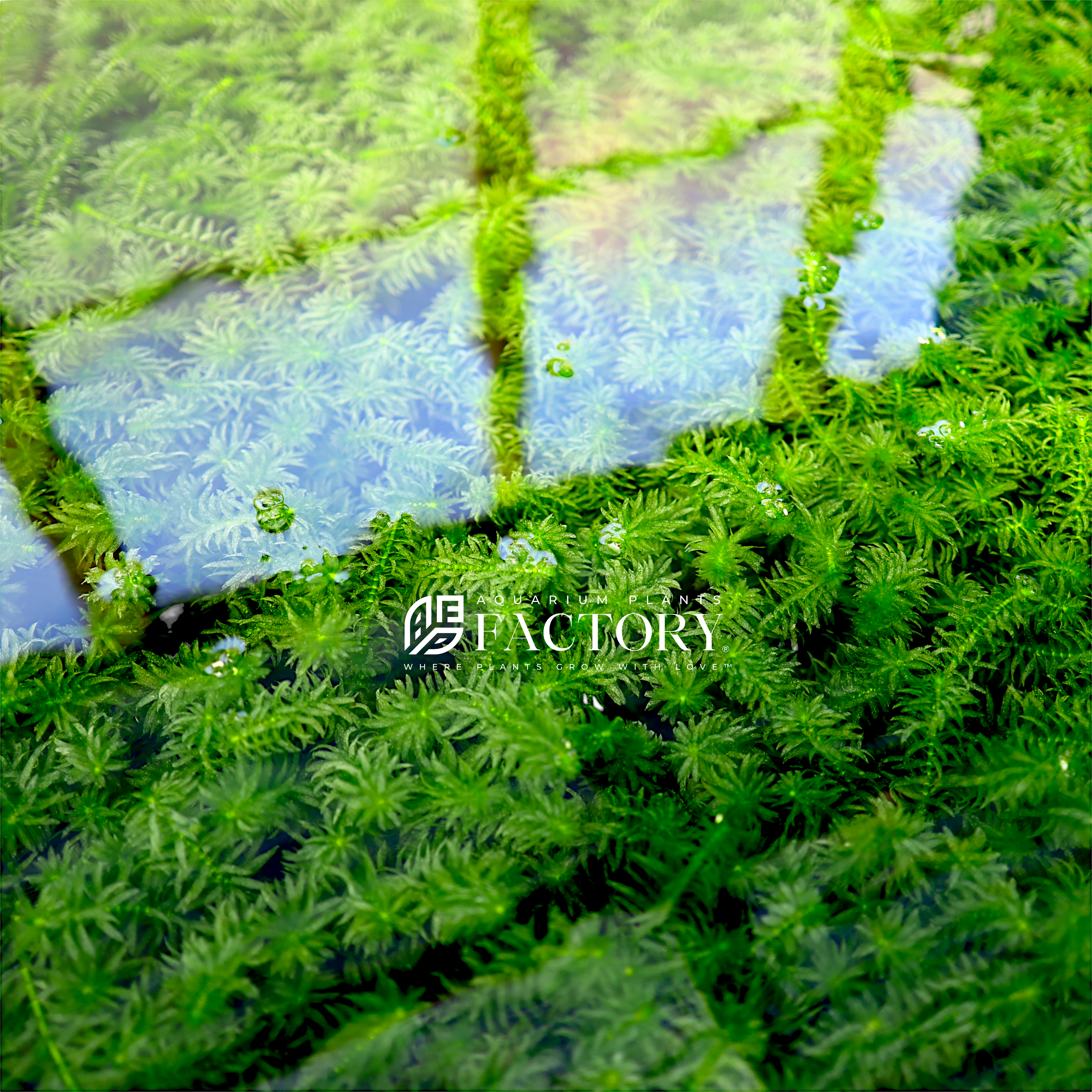
How to Prepare Tissue Culture Plants for Your Planted Aquarium – Step-by-Step Guide
🌱 How to Prepare Tissue Culture Plants for Your Planted Aquarium – Step-by-Step Guide
Tissue culture aquarium plants, also known as in vitro plants, have become a popular choice for aquascaping enthusiasts and beginner hobbyists alike. Why? Because they are 100% free of snails, algae, and harmful pathogens, making them one of the cleanest and safest options for any freshwater tank—especially for shrimp tanks and sensitive biotopes.
At Aquarium Plants Factory®, we specialize in providing healthy, high-quality Vitro Culture® plants, shipped in either sealed tissue culture cups or sterile bags. In this step-by-step guide, we’ll show you exactly how to prepare and plant your tissue culture plants to ensure optimal growth and success in your aquarium.

🧪 What You’ll Need:
-
A clean workspace
-
Small bowl of room-temperature water
-
Fine tweezers or clean fingers
-
Aquascaping scissors (optional)
-
Gentle aquarium lighting (if you plan to hold the plant before use)
✅ Step-by-Step Instructions:
Step 1: Unpack Carefully
Tissue culture plants are sealed to maintain sterility. Gently open the Vitro Culture® bag or cup with clean hands. Be cautious not to damage the delicate plantlets inside.
Pro Tip: If the bag is cloudy or contains liquid, this is normal—it's part of the nutrient-rich medium that supports plant growth.
Step 2: Remove the Medium
Tissue culture plants grow in a nutrient gel or liquid (called agar or vitamin gel), which must be completely removed before planting.
-
Gently place the plant in a bowl of room-temperature water
-
Swirl it around to help loosen the gel
-
Repeat with fresh water if necessary
Avoid planting with the gel still on the roots—it can trap debris and promote mold or algae in your tank.
Step 3: Separate the Plantlets
Once the gel is rinsed off, you’ll see small clusters of plantlets. Use clean fingers or aquascaping tweezers to gently divide them into smaller portions.
-
For carpeting plants: split into 5–10 clumps to cover more area
-
For stem plants: separate into individual or paired stems
-
For rhizome plants (e.g., Anubias or Bucephalandra): keep the rhizome intact and avoid burying it
Step 4: Plant with Care
Using tweezers, gently insert the plants into your aquarium substrate or attach them to hardscape.
-
Stem plants & carpeting plants: Insert lightly into the substrate, just deep enough to anchor
-
Rhizome plants (Anubias, Buce): Tie or glue to driftwood, rocks, or decorations—never bury the rhizome
Avoid pressing too firmly—roots need access to oxygen and space to grow.
Step 5: Provide Optimal Conditions
Once planted, ensure the plants adjust comfortably:
-
Lighting: Moderate to high depending on species
-
CO₂: Optional, but strongly beneficial for fast growth
-
Fertilization: Begin dosing liquid fertilizers 1–2 weeks after planting
-
Water changes: Perform regular changes to prevent melt or algae issues
🌿 Extra Tips for Success:
-
Let plants recover in the sealed cup or bag under gentle light if you don’t plan to plant them right away (for up to 5–7 days).
-
Expect a short period of “adjustment melt” as plants transition to submerged growth—new growth will emerge quickly in healthy tanks.
-
Avoid overcrowding—good circulation prevents algae and supports healthy roots.
🌟 Why Choose Vitro Culture® Plants?
✅ 100% Free of pests, algae, and contaminants
✅ Long shelf life when stored properly
✅ Ideal for shrimp and sensitive species
✅ Easier plant mass propagation
✅ Clean and ready-to-grow in your aquascape
🌐 Ready to Try Tissue Culture Plants?
Explore our full Vitro Culture® Collection and elevate your planted aquarium with pristine, lab-grown plants that are safe, clean, and easy to care for.
📸 Tag Us on Instagram!
We love seeing how your tissue culture plants grow. Tag us with #AquariumPlantsFactory to be featured!
Featured blog
- Choosing a selection results in a full page refresh.
!















